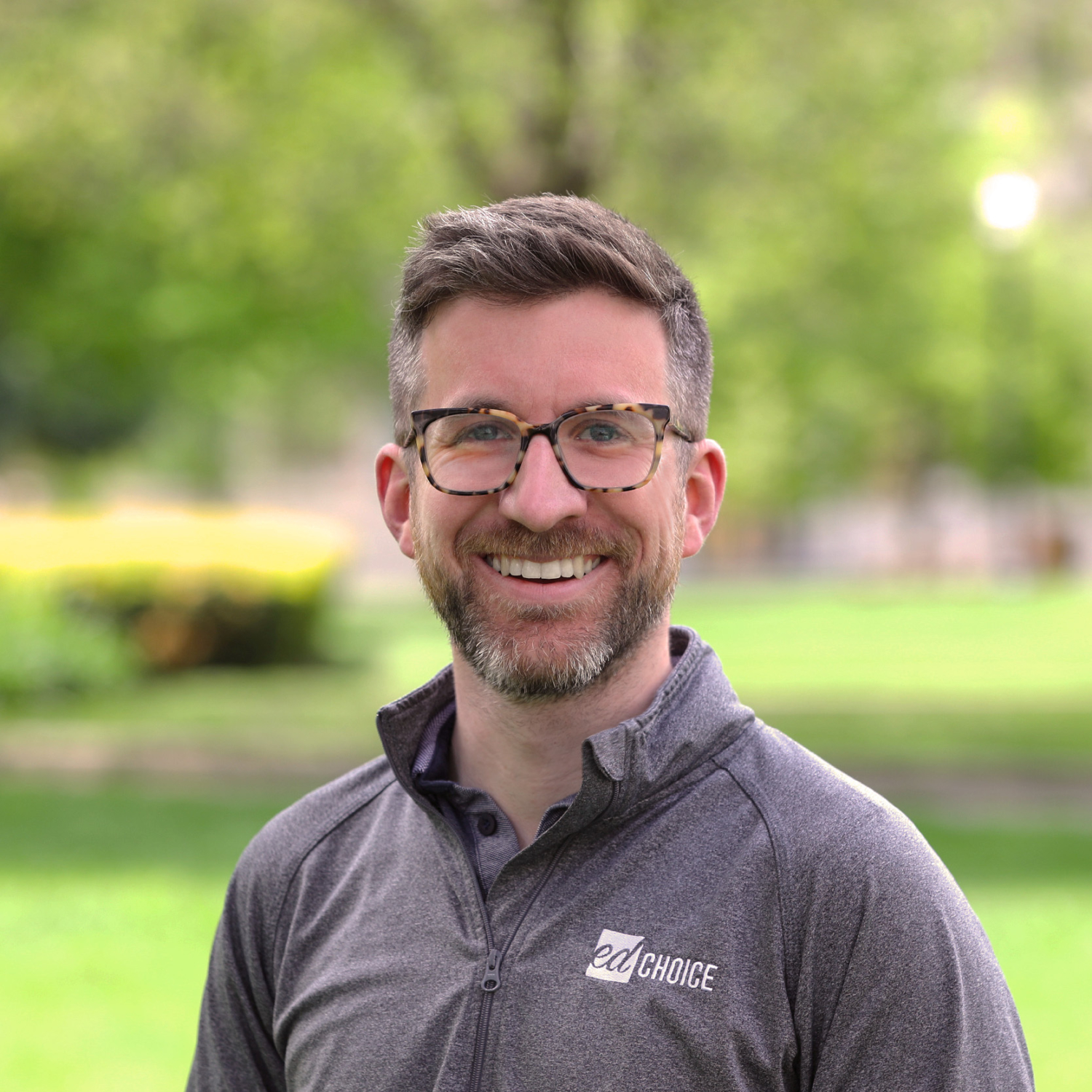The Next 200 Years: A New EdChoice Series
Almost any article on Catholic schooling today will have at least one paragraph in it describing the last five decades’ decline in both the number of Catholic schools and the number of students attending them. At this point, the factors are well known: fewer priests and religious staff working in schools, Catholics becoming wealthier and moving to the suburbs for better schools, less overt discrimination against Catholics in the public school system, yada yada yada.
Now, this is not true everywhere. In states that have embraced private school choice programs, like Florida, Catholic schools are seeing a renaissance. New networks of Catholic schools like the Notre Dame ACE Academies are taking advantage of private school choice programs. There are now 15 ACE Academies in three states that are leveraging school choice programs to deliver high-quality Catholic education to children who need it.
The truth of the matter is that if Catholic education is going to continue in America, it is going to be a fight. Traditional public schools are not going to give up market share willingly. Charter schools will offer an easier option, with almost always more money and in many places more political support. Closed schools will make pastors’ lives easier and parish budgets easier to sustain.
But giving up today would be a shame, particularly in light of what Catholics and Catholic schools have had to put up with over the last two centuries of their existence.
As a 1997 article in City Journal described it:
The “nativists,” as the highly organized anti-Catholics were called, included Protestant fundamentalists who saw the Catholic Church as the handiwork of Satan and superstition, intellectuals who considered Catholicism incompatible with democracy, ethnocentric cultural purists who believed the United States should be a land for Anglo-Saxons, and pragmatic citizens who thought it not worth the trouble to integrate so many culturally different immigrants. The nativists counted among their number many of America’s elite, including John Jay, John Quincy Adams, John Calhoun, Stephen Douglas, and P. T. Barnum, all of whom spoke publicly against the Catholic Church and the threat to liberty that allowing Catholics into the country would create. In Boston a mob led by Congregationalist minister Lyman Beecher, the father of Harriet Beecher Stowe, burned a convent to the ground; church burnings were common. Samuel Morse tapped out rumors of Catholic conspiracies against liberty on his Atlantic cable long before such trash circulated on the Internet. Books depicting concupiscence in convents and sex in seminaries were everywhere.
In Philadelphia in 1844, nativists spread rumors that that the Archbishop was trying to get the King James Bible out of public schools, and eventually anti-immigrant demonstrations became anti-immigrant riots that burned two Catholic churches to the ground. After those riots, the Bishop of New York, “Dagger” John Hughes, put armed guards outside of every Catholic church and told the city that if a single Catholic church was burned, Catholics would turn New York into “a Second Moscow” (which was burned to the ground by the Russians before Napoleon showed up).
Hughes’ house was ransacked. Entire political parties emerged to try and snuff Catholicism out. Sen. James G. Blaine tried to amend the U.S. Constitution to ban any aid to Catholic schools, a practice that had been accepted for decades before nativist sentiment ended it.
And what did Catholics do during this period? They built schools. A lot of them. They expanded into parts of the country that offered fresh bigotries. They built schools there, too. The economy expanded; the economy retracted. Catholics kept building schools. Waves of immigrants from new lands, with new languages, customs and challenges arrived on our shores. Catholic schools educated them. Neighborhoods changed. Catholics moved out, and Catholic schools remained, teaching non-Catholic students until the last cent of money was wrung out of whomever the school could ask.
What is my point?
At every point of the history of Catholic education in America, it has been an uphill battle. There is no reason to think that today, or tomorrow or ten years from now will be different. Perhaps the overt bigotry of the past is in the rearview mirror, but that has bred complacency and a desire for an easy life, which could end up doing more to harm Catholic schools than a bigot’s torch ever did.
There is no easy way out.
There will be political battles, fighting for public support for children who want to attend Catholic schools and for the autonomy to operate authentically Catholic institutions in a secularizing society. There will be internecine battles between more “liberal” and more “conservative” Catholics about what should be taught in schools. There will always be the siren’s song of “just convert to charter schools and all of this will be over.” But Catholic education has a proud tradition of not shying away from a fight. It’s about time we remember that spirit.
It is in that spirit that researchers and school leaders from across the country will join me in discussing the issues facing Catholic education in America today in this new blog series that we’re calling “The Next 200 Years.” What does it mean to preserve Catholic education’s legacy in America? What are the issues facing Catholic schools today? What are new models or new initiatives that are helping to strengthen Catholic education? Stay tuned as we discuss all of these questions, and more!




